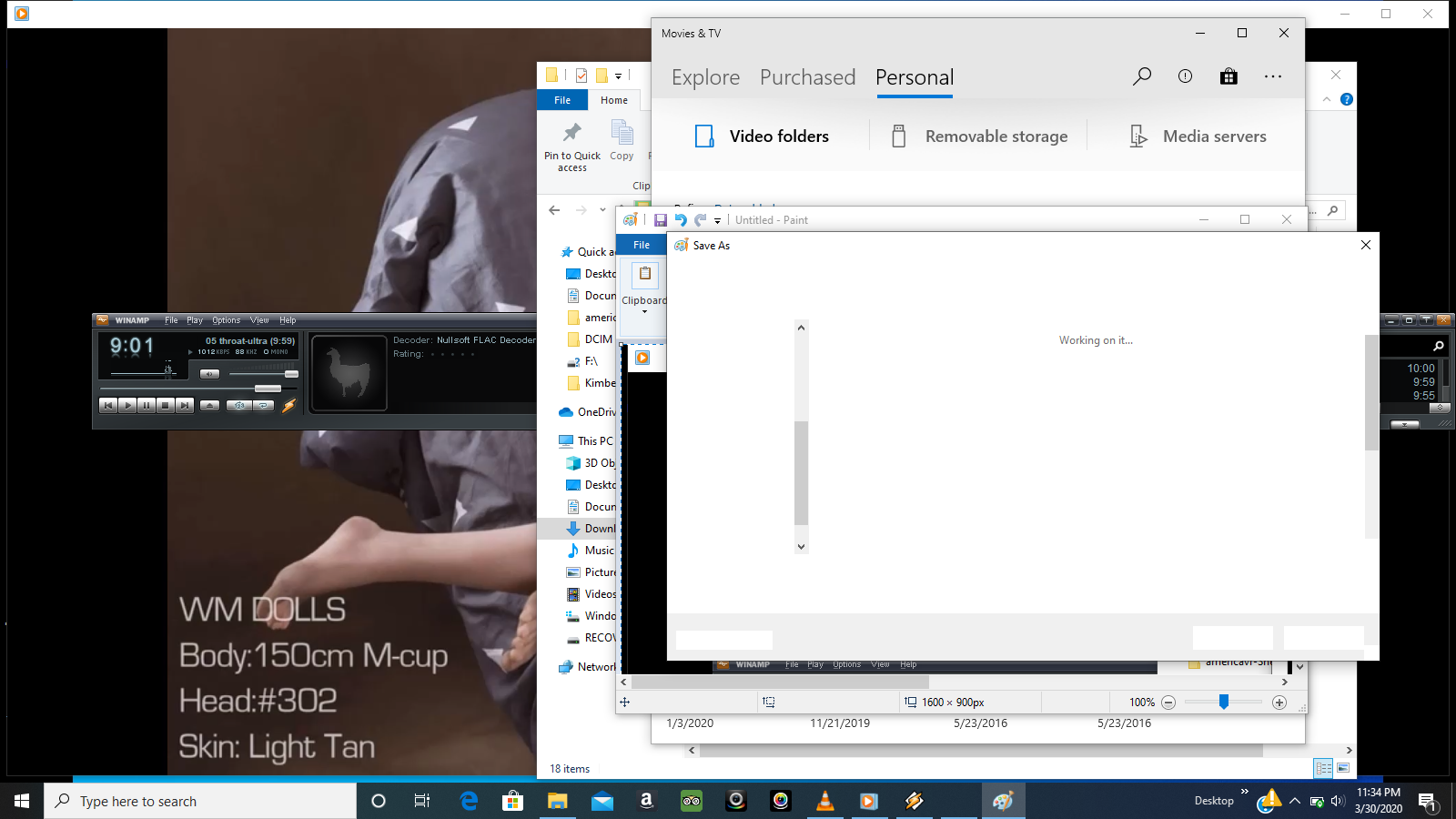

- WHERE DOES WORD FOR MAC STORE TEMPORARY FILES HOW TO
- WHERE DOES WORD FOR MAC STORE TEMPORARY FILES UPDATE
- WHERE DOES WORD FOR MAC STORE TEMPORARY FILES FULL
- WHERE DOES WORD FOR MAC STORE TEMPORARY FILES FREE
- WHERE DOES WORD FOR MAC STORE TEMPORARY FILES WINDOWS
It will prompt you for a file name the first time the auto save runs. PowerPoint Auto save feature is enabled as default and will save every 10 minutes. There are others, but these are the ones most likely to contain data that can be recovered.įinding and using the temporary and auto save files These are good ones to look for to find some lost info. This temporary file will have a few different letters after the tilde (or squiggly line " ~ "). If the file is stored on a network drive then it will be temporarily created there.
WHERE DOES WORD FOR MAC STORE TEMPORARY FILES WINDOWS
This can be either in the windows temp directory, in "C:\ Documents and Settings\\Application Data\Microsoft". When a new file is started a temporary file is created. Therefore you may want to experiment before you rely on this information. Microsoft have changed the way AutoSave and Auto Recover works in different versions of Office.
WHERE DOES WORD FOR MAC STORE TEMPORARY FILES HOW TO
However many people don't know how to use these features or that they even exist.Įven if you don't have these features enabled, you can sometimes recover data from the various temporary files that are created by Office while you are working on the document.
WHERE DOES WORD FOR MAC STORE TEMPORARY FILES FULL
Want to read more answers from other tech-savvy Stack Exchange users? Check out the full discussion thread here.Microsoft Office has extensive AutoSave and Auto Recovery options that allow you to rescue your work in the event that it is lost due to a power failure, system crash or plain human error. Have something to add to the explanation? Sound off in the comments. On a more basic level, it allows one user to open a file on a share and read it while another user has it open for modification, though if multiple users are editing it, last-in-wins. By default, there will be a 10 minute old version of your changes that can be recovered. If you do not tell a document to save your changes, do you expect it to save over the original with no command to, or warning that it will happen? It also allows your changes to be recovered if Word crashes and you have not saved for 2 hours. Primarily because of the Auto-save features. I do not want to copy/paste the entire page here.įollowed by the answer from Frank Thomas: I have provided a number of examples on this file’s usage, but please use the source provided for a detailed list of reasons from Microsoft. Source – Description of how Word creates temporary files įinal note from Matthew: This is a sizable topic.

This temporary file is called the “owner file”. This temporary file holds the logon name of the person who opens the file. This file name extension begins with a tilde (~) that is followed by a dollar sign ($) that is followed by the remainder of the original file name. Quoted Text: When a previously saved file is opened for editing, for printing, or for review, Word creates a temporary file that has a. Owner File ~$ (Same Directory as Source File)
WHERE DOES WORD FOR MAC STORE TEMPORARY FILES UPDATE
The copy of a locked file does not automatically update the original owner’s file. Likewise, if a template attached to a document is locked, Word automatically makes a copy of the template in the Temp directory. Word places this copy in the Windows Temp directory. Quoted Text: When you open a file that is locked, either because it is open in another window of Word or because another user on the network has it open, you can work with a copy of the file. Should you have any error occur, it can be restricted/recovered from temporary files rather than your core file. In order to ensure the integrity of your file in the event of a system error, information is written to the temporary file, then on to the original file. If your system is struggling with having enough memory, Word will help it along by shifting non used functionality from memory to disk in the form of a temporary file. Going on from this, these temporary files help improve speed. When Word is shut down in a normal fashion, all temporary files are first closed and then deleted. The temporary files only exist during the current session of Word. For example, Word determines automatically where and when it needs to create temporary files.
WHERE DOES WORD FOR MAC STORE TEMPORARY FILES FREE
Quoted Text: A temporary file is a file that is created to temporarily store information in order to free memory for other purposes, or to act as a safety net to prevent data loss when a program performs certain functions. The file you refer to is a temporary file which serves a number of purposes. SuperUser contributors Matthew Williams and Frank Thomas have the answer for us. Why does Microsoft Word create a second copy? And what is up with the “~$” in the secondary file’s name? The Answer

Why does Microsoft Word create another copy of the same file, but hidden, while in use? And why does the file created while a document is open always have “~$” replacing the first 2 letters of the file name? SuperUser reader JBurnham wants to know why Microsoft Word creates two copies while in use:


 0 kommentar(er)
0 kommentar(er)
